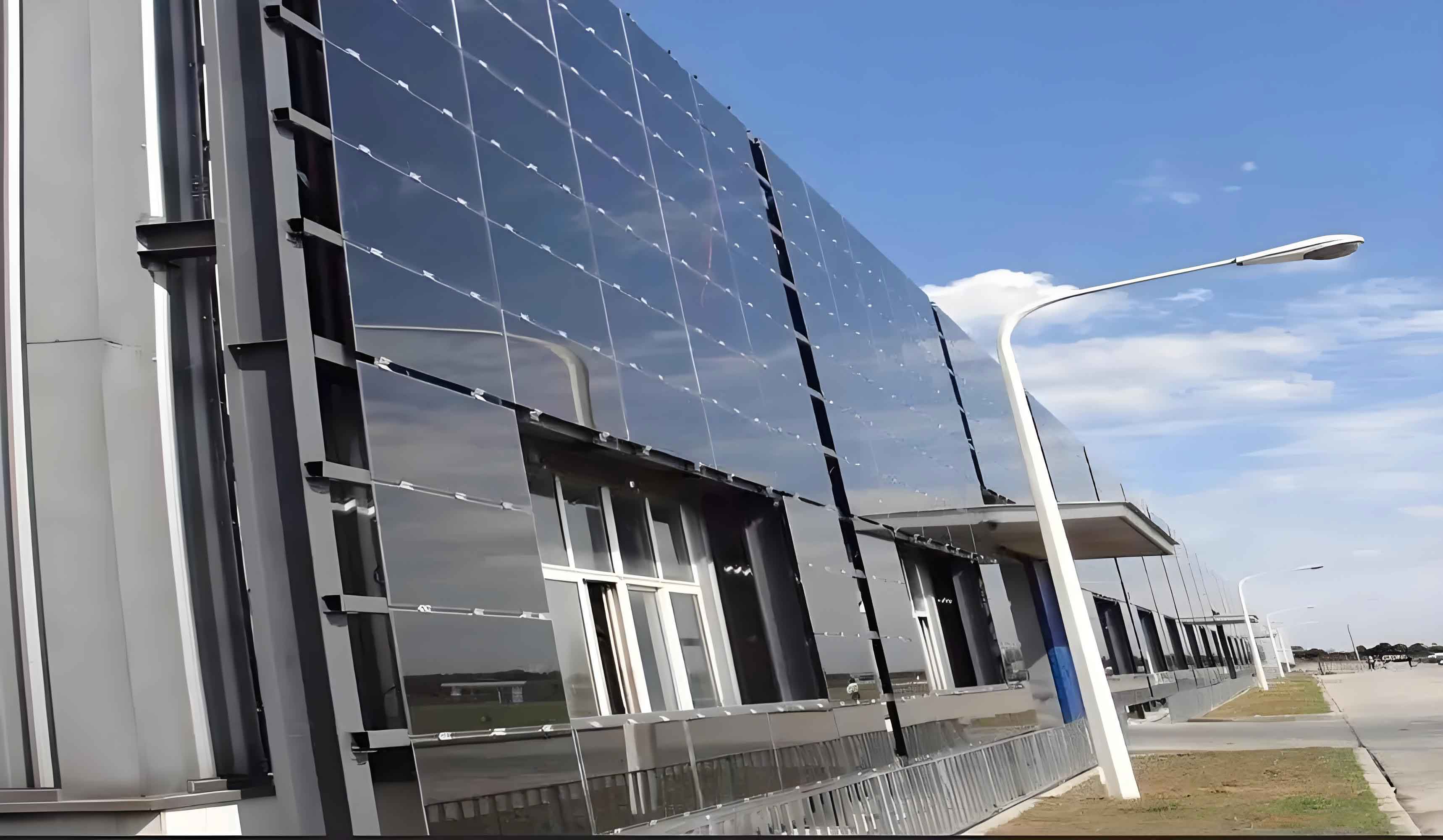The integration of solar panel into architectural projects has evolved significantly over the past few decades. As the demand for renewable energy sources increases, the aesthetic and functional incorporation of solar panel into building designs has become a priority. This article explores the importance of solar panel aesthetics, design strategies, and innovative solutions for seamlessly integrating solar panel into architectural projects.

The Importance of Solar Panel Aesthetics
Solar panel has traditionally been perceived as utilitarian and visually intrusive. However, modern architectural projects increasingly prioritize aesthetics alongside functionality. The visual appeal of solar panel can influence public acceptance and the broader adoption of solar energy. Aesthetically pleasing solar panel can enhance the overall design of a building, contributing to its architectural value and marketability.
Design Strategies for Solar Panel Integration
- Building-Integrated Photovoltaics (BIPV):
- Building-Integrated Photovoltaics involve integrating solar panel directly into the building materials, such as roofs, facades, and windows.
- BIPV systems serve dual purposes by acting as both building elements and energy generators, eliminating the need for separate solar installations.
- Solar Panel Placement and Orientation:
- Thoughtful placement and orientation of solar panel can optimize energy production while enhancing visual harmony with the building design.
- Solar panel can be installed on rooftops, facades, and even as shading devices, blending seamlessly with architectural features.
- Customizable Solar Panel Designs:
- Advances in solar panel technology allow for customizable designs, including different colors, shapes, and textures.
- Custom solar panel can match the aesthetic preferences of architects and clients, making them more appealing for residential and commercial projects.
Innovative Solutions for Solar Panel Integration
- Solar Shingles and Tiles:
- Solar shingles and tiles are designed to mimic traditional roofing materials while generating solar energy.
- These aesthetically pleasing options provide a uniform appearance and are ideal for residential projects.
- Solar Facades:
- Solar facades incorporate solar panel into the building’s exterior walls, serving as both cladding and energy generators.
- These facades can be designed with various patterns and colors, contributing to the building’s visual appeal.
- Solar Windows:
- Solar windows use transparent or semi-transparent photovoltaic materials to generate energy while allowing natural light to enter the building.
- This innovation enhances both the aesthetics and functionality of the building envelope.
Case Studies and Examples
Table 1: Notable Architectural Projects with Solar Panel Integration
| Project Name | Location | Integration Type | Key Features |
|---|---|---|---|
| Apple Park | Cupertino, USA | Solar Roof | Seamless rooftop integration, high energy output |
| Copenhagen International School | Copenhagen, Denmark | Solar Facade | Colorful solar panel, educational showcase |
| Tesla Solar Roof | Various Locations | Solar Shingles | Traditional shingle appearance, high efficiency |
Table 2: Comparative Analysis of Solar Panel Integration Methods
| Integration Method | Aesthetic Appeal | Energy Efficiency | Cost | Ideal Applications |
|---|---|---|---|---|
| Solar Shingles | High | Moderate to High | Medium to High | Residential rooftops |
| Solar Facades | High | Moderate | High | Commercial buildings, facades |
| Solar Windows | Moderate | Low to Moderate | High | Commercial buildings, skylights |
| BIPV Systems | High | High | High | Comprehensive building projects |
Challenges and Considerations
- Cost and Affordability:
- The cost of aesthetically pleasing solar panel, such as custom designs and BIPV systems, can be higher than traditional solar panel.
- Balancing aesthetics with budget constraints is a critical consideration for many projects.
- Efficiency and Performance:
- Some aesthetically driven solar panel designs may compromise on energy efficiency compared to standard panel.
- Architects and engineers must consider the trade-offs between visual appeal and energy performance.
- Regulatory and Building Codes:
- Compliance with local building codes and regulations can impact the design and installation of solar panel.
- Navigating these requirements is essential to ensure successful integration into architectural projects.
Future Trends in Solar Panel Aesthetics
- Advanced Materials and Technologies:
- Ongoing research into advanced photovoltaic materials, such as perovskite and organic photovoltaics, promises more efficient and visually appealing solar panel.
- These materials can be integrated into flexible and transparent forms, offering new design possibilities.
- Smart Solar Solutions:
- Integration of smart technologies, such as solar tracking systems and energy management software, can enhance the functionality and aesthetics of solar panel.
- These solutions allow for adaptive designs that optimize energy production and visual impact.
- Sustainable Architecture:
- The trend towards sustainable and green building practices will drive further innovation in solar panel aesthetics.
- Architects will continue to seek ways to harmonize renewable energy solutions with environmentally conscious design principles.
Conclusion
The integration of solar panel into architectural projects is no longer solely about functionality and energy production. The aesthetics of solar panel play a crucial role in their acceptance and widespread adoption. By employing innovative design strategies and advanced technologies, architects can create visually appealing and efficient solar energy solutions. As the industry continues to evolve, the future of solar panel aesthetics promises exciting developments that will further enhance the harmony between renewable energy and architectural design.
